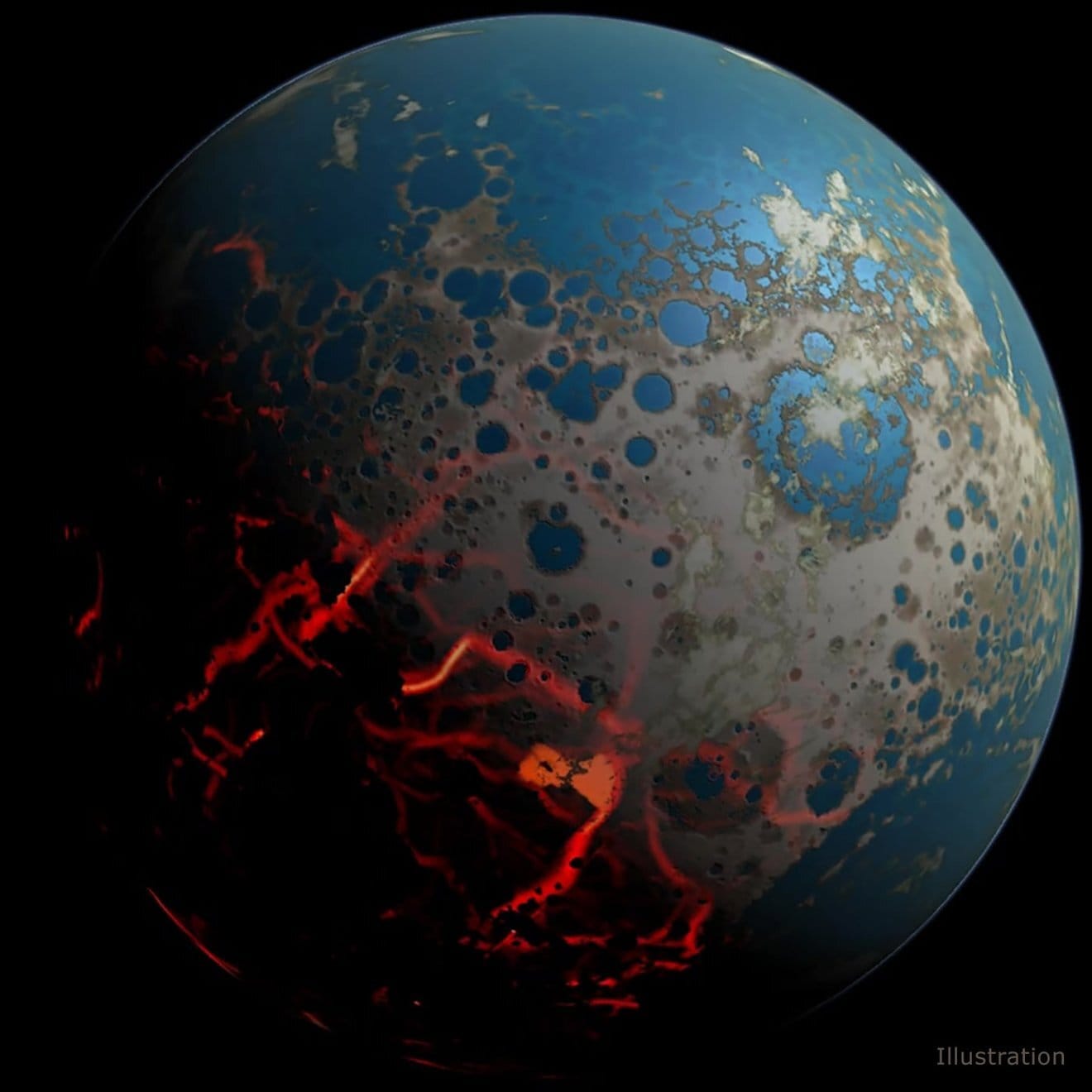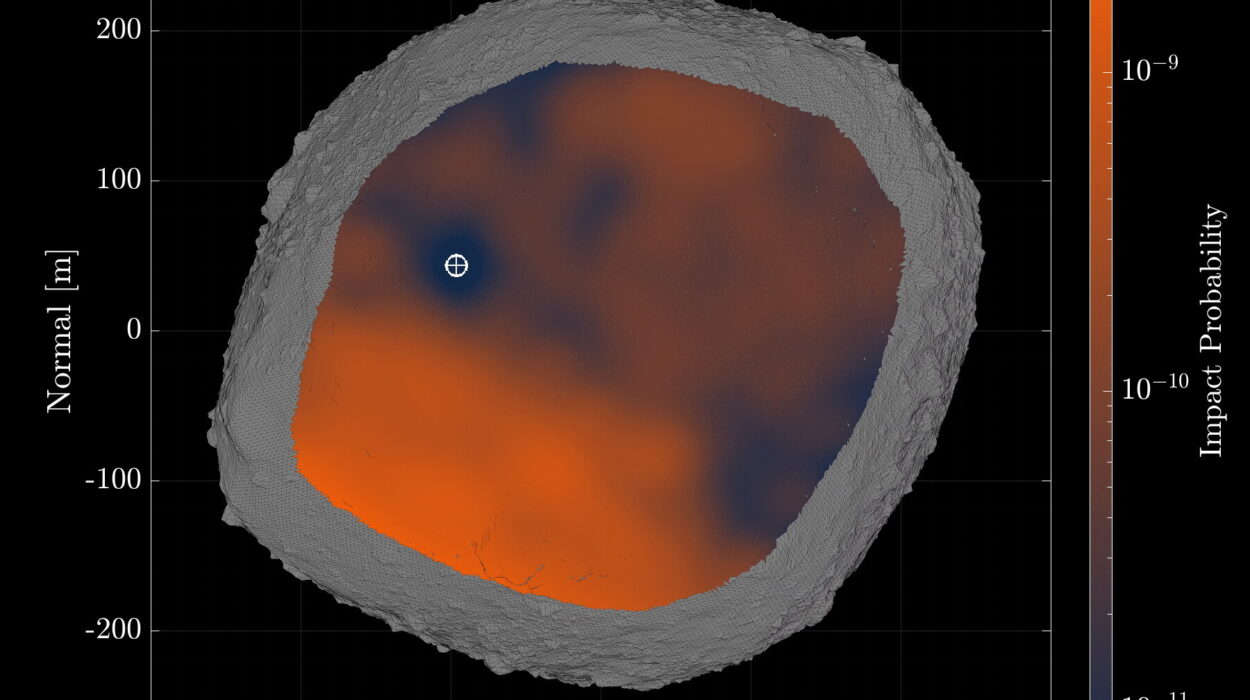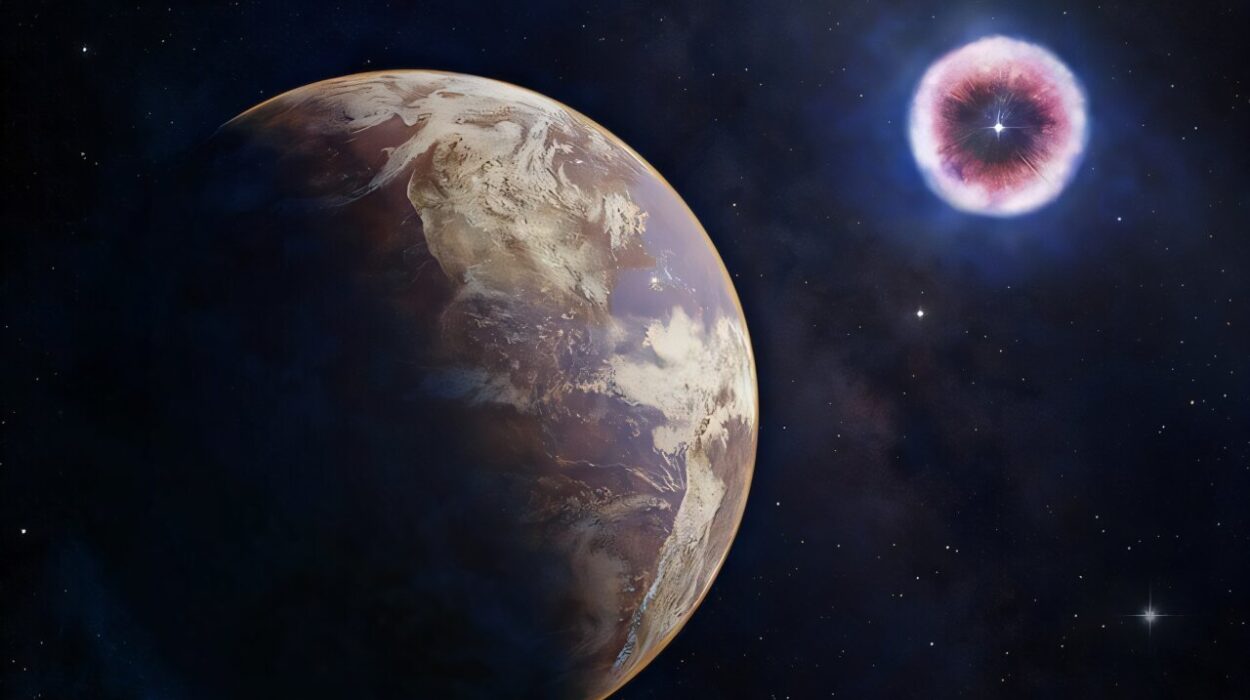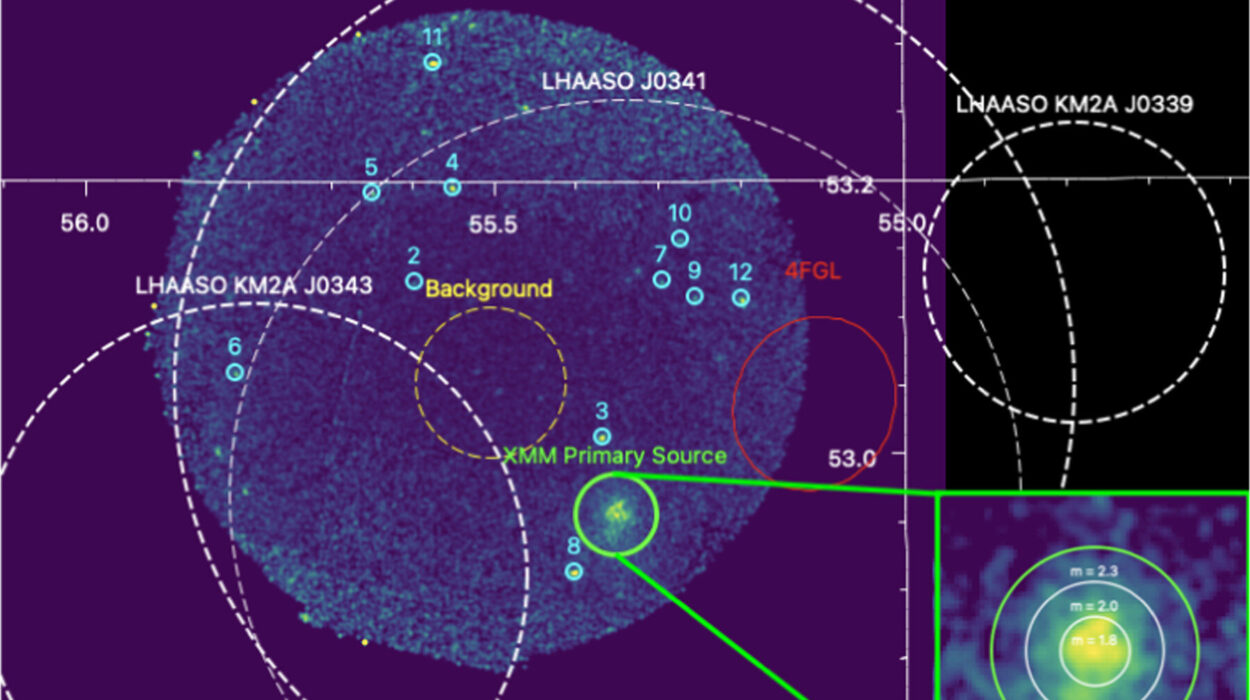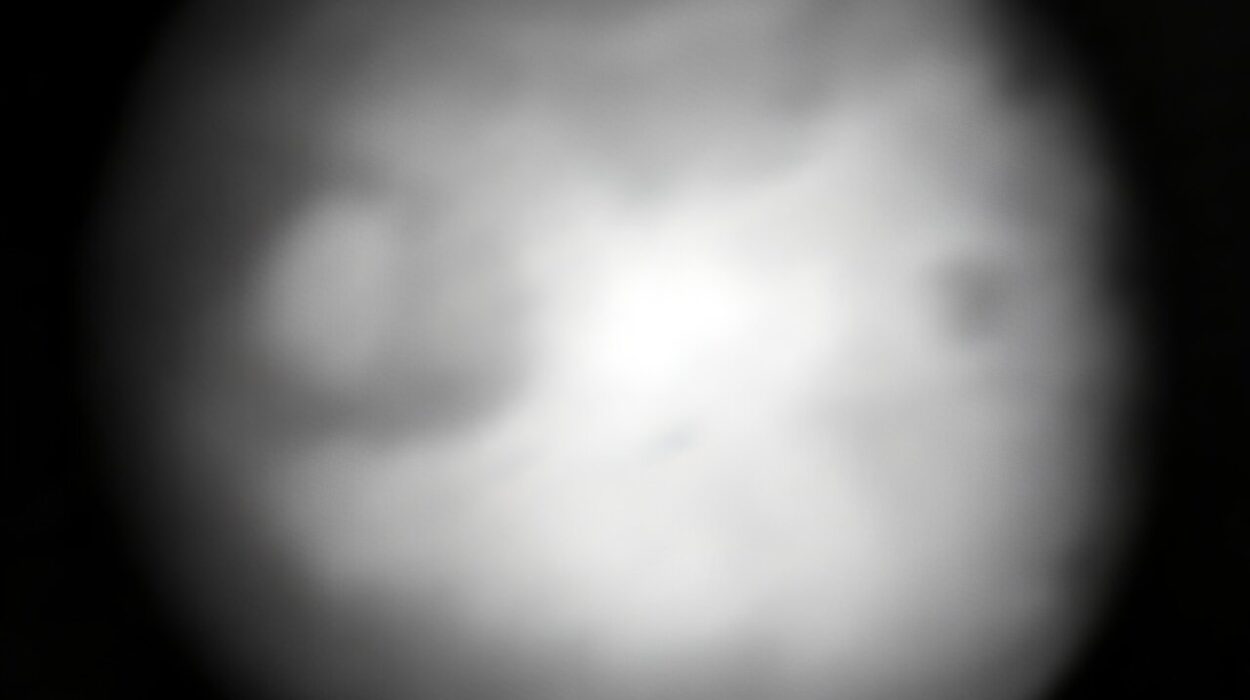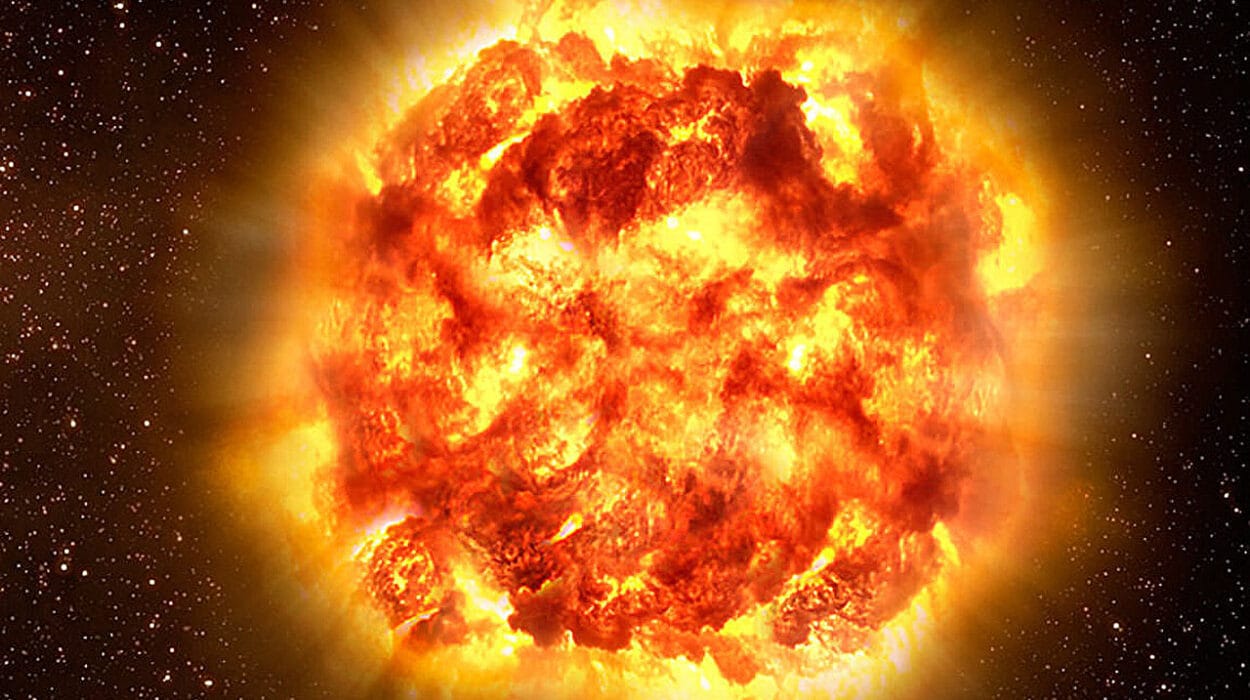In the quiet vastness of space, Earth remains a singular miracle. Here, life emerged from lifeless matter, a transformation so profound it still defies explanation. How did molecules, drifting in ancient oceans beneath a young Sun, organize into something that could grow, replicate, evolve? It’s a question that stirs not only scientists but poets and philosophers alike. And now, a new study by physicist Robert G. Endres of Imperial College London is challenging long-held assumptions about how easy—or astronomically hard—it might have been for life to arise naturally.
Published in July 2025 on the arXiv preprint server, Endres’s work doesn’t offer an answer to how life began. Instead, it asks a sobering question: Have we been underestimating the odds against it? By applying deep mathematical theory to biology’s oldest riddle, the study reveals a landscape more treacherous and uncertain than scientists had perhaps wanted to admit.
Not Just Chemistry, but Information
The conventional story of life’s origin, as often told in textbooks, begins with a warm little pond or a sunlit volcanic vent. Here, simple molecules swirled and combined, energized by lightning or UV rays, forming more complex compounds. These eventually gave rise to the first “protocell”—a simple, membrane-bound structure capable of metabolism and reproduction.
But Endres challenges this view not chemically, but mathematically.
His approach uses information theory and algorithmic complexity—fields usually reserved for computer science and cryptography—to analyze just how much structured, meaningful information is required for life to exist. And his conclusion is stark: assembling that information by chance alone is unimaginably difficult.
“It’s like trying to type a meaningful novel by randomly hitting keys,” Endres writes in his study. “Except the novel is life itself—and the keyboard is an ocean of molecules.” With each additional layer of biological organization—metabolism, replication, compartmentalization—the odds shrink exponentially.
The problem isn’t just getting the right chemicals together. It’s getting them in the right configuration, at the right time, in the right environment, without a guiding hand. Without a template, information does not organize itself easily, especially when thermodynamic laws favor disorder, not structure.
Thermodynamics vs. Genesis
At the heart of Endres’s argument is a fundamental principle of physics: entropy. The second law of thermodynamics states that, left to themselves, systems tend to move from order to disorder. Ice melts. Batteries drain. Stars die.
Life, by contrast, is order incarnate. A single living cell is a buzzing metropolis of perfectly coordinated interactions. From a mathematical standpoint, life represents a low-entropy anomaly in a high-entropy universe.
So how did such improbable order arise from chaos?
Endres’s model explores this tension. Using Kolmogorov complexity, a measure of how difficult it is to describe or recreate a system, he shows that even rudimentary life requires an enormous amount of embedded information—information that, according to current models, has no easy way of being generated by chance or by known prebiotic chemical processes.
In other words, it’s not enough for life to emerge from molecules. Those molecules must be arranged in just the right way—and the probability of this happening naturally, without some unknown force or guiding principle, may be vanishingly small.
A Natural Origin: Still Possible, But Harder Than We Thought
It’s important to note that Endres is not claiming life didn’t originate on Earth. Nor is he arguing for divine intervention or pseudoscientific ideas. His paper is deeply grounded in rigorous, testable mathematics, and it respects the boundaries of scientific inquiry.
What he does suggest is that our current models may be incomplete.
“Naturalistic origins of life are not impossible,” Endres writes, “but may require physical principles beyond those currently understood.” These could include new types of self-organizing systems, undiscovered chemical pathways, or nonrandom environmental filters that drastically improve the odds of life forming.
In this light, the study becomes not a denial of abiogenesis—the theory that life came from nonlife—but a call to arms for more research. It challenges scientists to look deeper, to seek new principles of physics or chemistry that might explain how informational complexity could arise naturally.
It’s a message of intellectual humility. Nature’s secrets, Endres implies, may be deeper than we’ve dared imagine.
Panspermia: A Radical Alternative Revisited
Toward the end of the paper, Endres acknowledges an idea once dismissed by mainstream science but never entirely forgotten: directed panspermia. Originally proposed in 1973 by DNA co-discoverer Francis Crick and biochemist Leslie Orgel, the hypothesis suggests that life may have been deliberately seeded on Earth by an advanced extraterrestrial civilization.
To be clear, Endres treats this idea with caution. He doesn’t advocate it as the most likely explanation, nor does he offer evidence for it. But he points out that, mathematically, the improbability of life’s spontaneous formation leaves the door open to such possibilities—even if they feel fantastical.
In science, the principle of Occam’s razor tells us to favor simpler explanations. Natural abiogenesis is simpler than alien intervention. But if the simple explanation turns out to be mathematically unfeasible, then even far-out ideas must be reconsidered with an open, if skeptical, mind.
Endres emphasizes that science must remain grounded in evidence, not speculation. But his study reminds us that the improbable is not the impossible—and that the unknown should never be confused with the unknowable.
Bridging Physics and Biology: A New Frontier
Perhaps the most striking aspect of Endres’s study is not its conclusions, but its method. By applying mathematical rigor to biological origins, the work exemplifies a growing trend in science: cross-disciplinary fusion.
Traditionally, biologists studied life, chemists studied reactions, and physicists studied matter and energy. But as the questions grow more complex—how consciousness arises, how ecosystems stabilize, how life begins—no one discipline is enough.
Endres’s work belongs to a new field sometimes called biological physics. It seeks not just to describe life, but to derive it, to treat life as a phenomenon that can be predicted, explained, and perhaps even recreated under the right conditions.
This marriage of fields is no small feat. It requires not only technical skill but intellectual daring—the willingness to ask deep, uncomfortable questions and to accept answers that may be slow in coming.
A Universe Still Full of Secrets
In the end, Endres’s study is not a final word but a powerful beginning. It quantifies the informational challenges involved in life’s emergence and makes clear that the path from chemistry to biology is far from straightforward.
It also reminds us that science is not merely a collection of answers, but a living process of curiosity, refinement, and rediscovery. We do not yet know how life began, but we are learning how to ask better questions.
That process alone brings us closer to truth.
And perhaps, in the distant future, when we finally decode the full origin story of life on Earth—or discover life elsewhere—we will look back at studies like this one as crucial stepping stones. Not because they solved the mystery, but because they dared to reveal just how mysterious it truly is.
Until then, we gaze into the ancient oceans of Earth and the endless sky above, wondering what other improbable miracles the universe might be hiding—and what new physics we’ll need to understand them.
More information: Robert G. Endres, The unreasonable likelihood of being: origin of life, terraforming, and AI, arXiv (2025). DOI: 10.48550/arxiv.2507.18545
